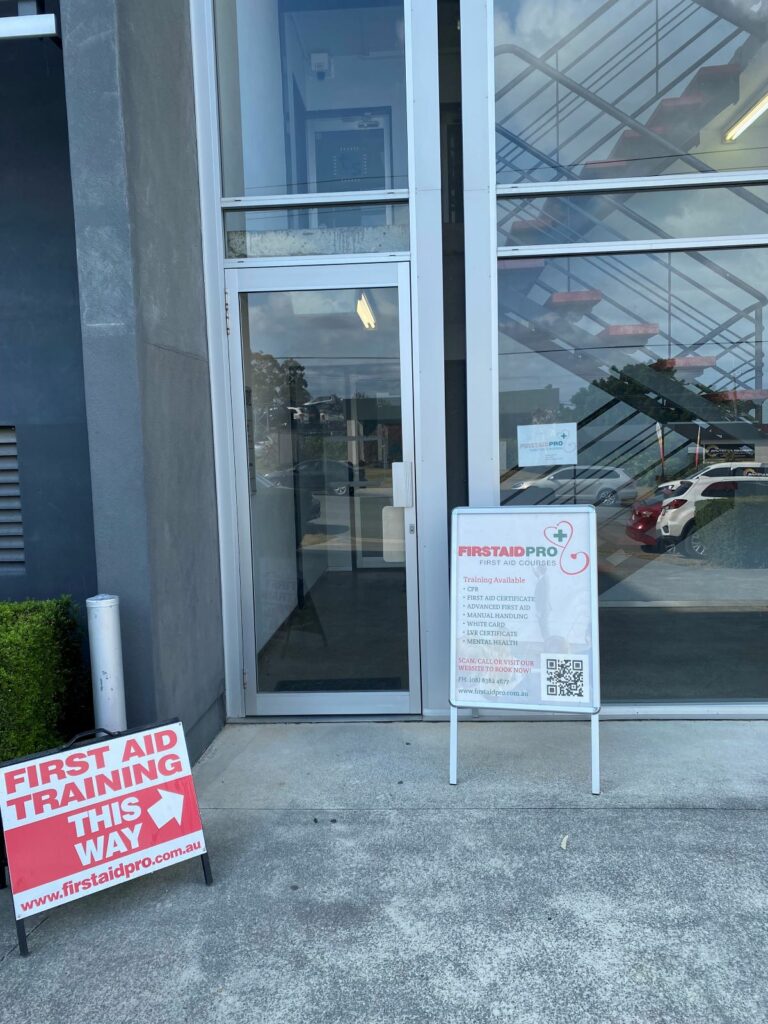Introduction
In the world of education and learning, specifically within child care setups, emergencies can emerge at any moment. Recognizing immediate feedback responsibilities is essential for teachers, caretakers, and moms and dads alike. Not only does it encompass basic emergency treatment understanding, yet it also involves a collection of methods and skills that should be understood to make certain the safety of children. From taking care of minor injuries to administering an EpiPen during an allergy, this detailed guide will certainly delve into the myriad responsibilities that include instant reactions in instructional environments.
Immediate Action Responsibilities: What to Do When Emergency situations Arise
The term "prompt action responsibilities" refers to the activities and choices that need to be taken when an emergency occurs. These situations can vary from minor occurrences like play area problems to extra severe scenarios entailing medical emergencies. The emphasis right here is on fast reactions that can significantly impact the result for youngsters First Aid Training Sippy Downs - Sunshine Coast First Aid Courses involved.
Understanding Emergency Circumstances in Education
Emergency situations can vary extensively in nature and extent. Some usual examples consist of:
- Choking Incidents: Children may accidentally choke on food or small objects. Allergic Reactions: Instances requiring EpiPen management due to serious allergies. Minor Injuries: Scrapes, cuts, and contusions from play. Medical Emergencies: Bronchial asthma attacks or seizures that demand prompt attention.
Recognizing Asthma Signs in Children
Asthma is a prevalent condition amongst children and understanding exactly how to identify its signs can save lives. Typical signs include:
- Coughing frequently Shortness of breath Wheezing sounds when exhaling Chest tightness
Choking Prevention Techniques for Educators
Preventing choking incidents must be a top priority in instructional settings. Here are some effective strategies:
Age-Appropriate Foods: Make certain that food given is suitable for youngsters's ages. Supervision Throughout Meals: Constantly screen youngsters while they eat. Education on Food Choices: Instruct children concerning foods that position choking hazards.EpiPen Management Protocols
When handling allergies, EpiPens can be life-saving tools. Right here's how to carry out one:

Managing Minor Wounds Effectively
Injuries are inescapable when handling active children; therefore, comprehending just how to manage small injuries is necessary:
Clean the wound with soap and water. Apply an antiseptic solution. Cover with a sterilized bandage.Child Defibrillation Guidance
For serious situations where a child might experience heart attack, knowing how to make use of an cpr first aid course AED (Automated External Defibrillator) is vital:
Turn on the AED and follow voice prompts. Attach pads as suggested on the device. Ensure nobody is touching the child before delivering a shock if advised by the AED.Building Educator Self-confidence Via Training
Educators play an essential function in emergency response situations; thus it's critical they feel confident in their capacities:
HLTAID012 Accreditation Australia Overview
The HLTAID012 certification gears up teachers with necessary first aid skills tailored particularly for educational atmospheres:
- Duration of training usually extends over a number of hours consisting of both composed and sensible components. It covers topics such as CPR strategies, taking care of injuries, and occurrence reporting protocols.
Written vs Practical Elements of Emergency Treatment Training
Training programs like HLTAID012 consist of both academic understanding and hands-on method:
|Component|Summary|| --------------------|--------------------------------------------------|| Composed|Comprehending procedures, regulations, and treatments|| Practical|Hands-on technique making use of mannequins or simulation|

Renewal Timelines for Emergency treatment Certifications
Staying updated with emergency treatment qualifications is important for instructors:
- Most qualifications require revival every three years. Regular updates keep teachers knowledgeable concerning new practices or changes in protocols.
Childcare Centre Emergency treatment Set Essentials
A well-stocked first aid kit is important in any kind of childcare centre setup:

Essential Things Include:
Band-aids of different sizes Antiseptic wipes Gauze pads Adhesive tape Disposable gloves ScissorsFirst Aid Fundamentals for Parents
Parents should likewise be equipped with vital first aid understanding:
Know exactly how to treat high temperatures effectively. Recognize signs of dehydration or heat fatigue during warm weather. Create a home-based emergency treatment package tailored for youth needs.Childcare Safety and security Dangers Assessment
Regular assessments help identify possible dangers within childcare settings-- some common threats consist of:
Slippery floors Sharp items within reach Playground equipment security checksRegularly assessing these dangers guarantees security standards are regularly maintained.
FAQs Regarding Immediate Feedback Responsibilities
1) What should I do if a kid chokes?
- Administer back impacts adhered to by abdominal drives if they can not take a breath or speak.
2) How usually should I renew my HLTAID012 certification?
- Every three years according to Australian regulations.
3) What items are important for a childcare emergency treatment kit?
- Band-aids, antiseptics, gauze pads, scissors, disposable handwear covers ought to all be included.
4) Exactly how can I avoid play ground mishaps?
- Conduct routine inspections of play area equipment and supervise youngsters throughout playtime actively.
5) What are asthma activity plans?
- A customized strategy developed with healthcare providers outlining actions to take throughout a bronchial asthma attack.
6) Just how do I recognize indications of allergic reactions?
- Look out for hives, swelling around the face or mouth, trouble breathing or wheezing noises; act quickly!
Conclusion
Immediate feedback duties are not simply tasks; they symbolize a dedication to protecting kids's health and wellness within educational atmospheres. By recognizing methods connected to choking prevention, EpiPen administration, minor injury administration, and extra-- instructors can efficiently react when emergencies emerge while confidently developing depend on amongst parents and stakeholders alike.
By staying notified through accreditations like HLTAID012 provide first aid in education programs and maintaining emergency treatment packages equipped-- everybody plays a part in creating protected knowing settings conducive to growth and expedition while ensuring every youngster's safety and security continues to be paramount!